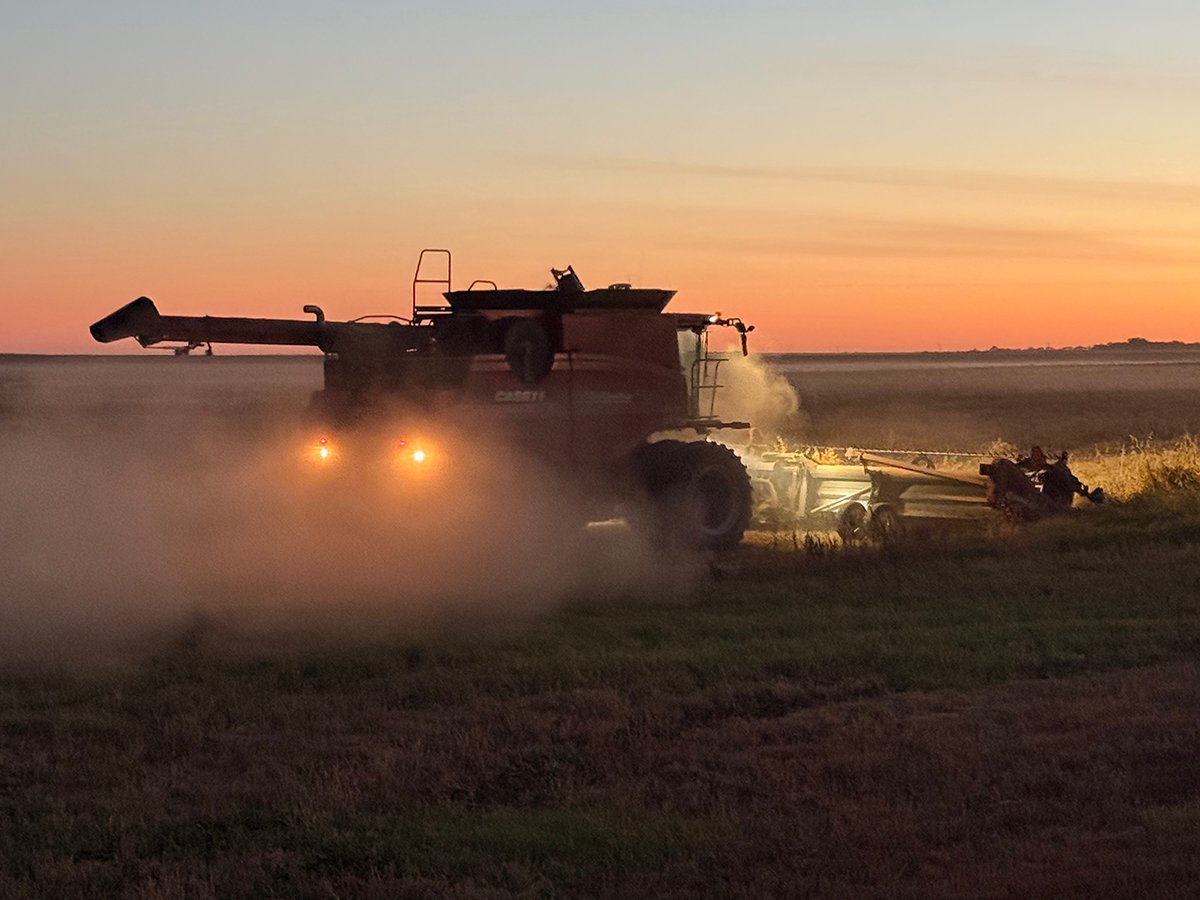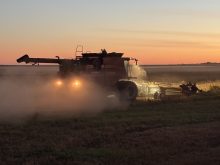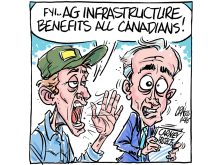Early next year, prairie farmers will be able to make a clear choice on how they want to market their barley. Federal agriculture minister Ralph Goodale has approved a ballot that will have just two options – keep barley under the Canadian Wheat Board as it is now, or give it all to the open market.
Under the heading “open market option,” the language couldn’t be clearer: “Remove all barley (both feed and malting/food) from the Canadian Wheat Board and place it entirely on the open market for all domestic and export sales.”
Read Also

Downturn in grain farm economics threatens to be long term
We might look back at this fall as the turning point in grain farm economics — the point where making money became really difficult.
Under “single-seller option,” the wording will be “Maintain the Canadian Wheat Board as the single-seller for all barley (both feed and malting/ food), with the continuing exception of feed barley sold domestically.”
The language is neutral, avoiding any emotionally charged terms like “freedom.” That should give the results validity that last year’s Alberta government plebiscite didn’t have.
Some farmers who want to export barley without going through the board, however, were quick to criticize the ballot because it doesn’t list a third choice, the so-called “dual market.”
But leaving off that muddled option was the right decision. As many farmers told the minister in letters last summer, a dual market is simply a more attractive-sounding way of weakening the board.
The benefits of single-desk selling vanish as soon as there is more than one desk. Grain firms, large and small, would all be able to offer Canadian quality grain in export markets. The board would be unable to extract market premiums and it would have little incentive to do longer-term market development. It would compete with the elevator companies with which it has so long worked in partnership for the orderly marketing and transportation of Canadian grain.
The next few months before the barley vote will see more efforts to confuse the issue. One national right-wing business group has already jumped in with expensive advertising.
Those who believe in the board system will have to speak out, actively defending it and urging their fellow farmers to vote.
There will be efforts to discredit the two-option ballot, and some farmers may not bother to vote if they feel it won’t settle anything. That could be a self-fulfilling prophecy if many feel that way.
Ottawa has given farmers a clear choice, and farmers can exercise some control over their economic future if there is high participation in this democratic exercise.
















